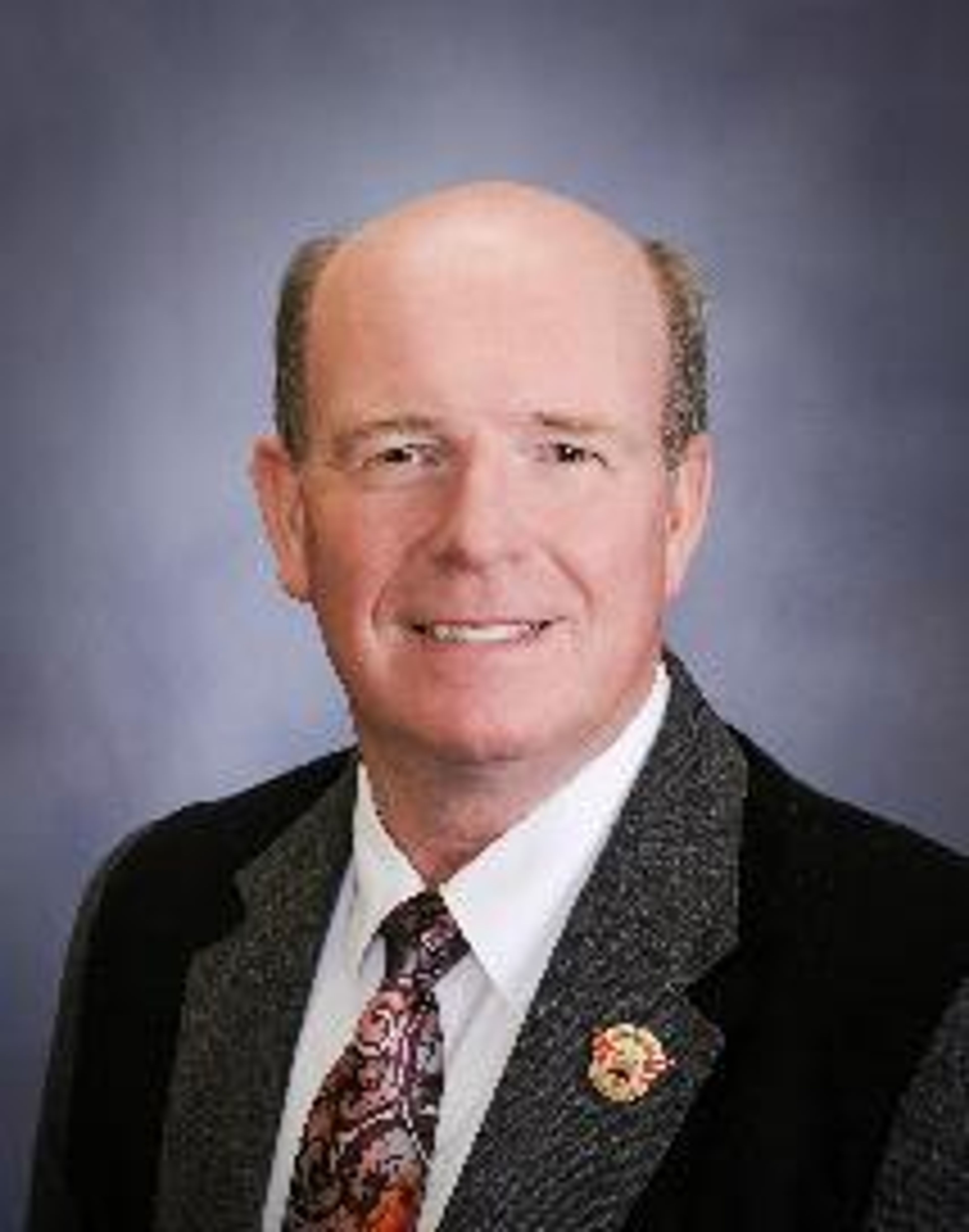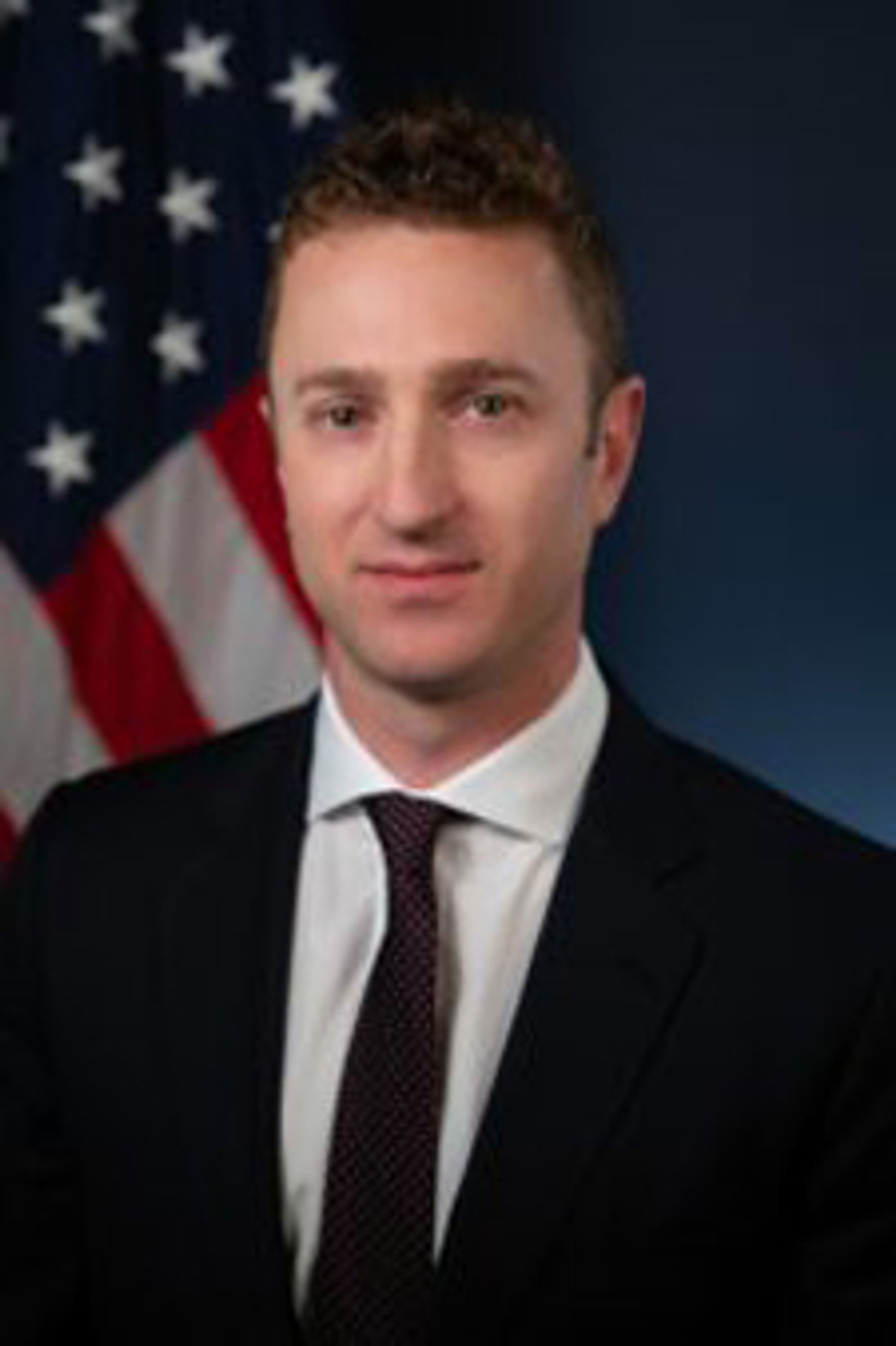SEL breaks ground in Moscow
With Idaho Gov. Brad Little in attendance, officials from Schweitzer Engineering Laboratories celebrate the start of construction on new plant
Idaho’s governor was on hand Wednesday to help break ground for Schweitzer Engineering Laboratories’ 140,000-square-foot printed circuit board factory in Moscow, welcoming one of the few new plants of its kind to be built in the United States in the last decade.
The expansion will allow SEL to make its own printed circuit boards instead of obtaining them from U.S. suppliers.
The facility is expected to have about 60 employees when it’s fully operational in a few years and supply SEL operations in Pullman and Lewiston that together have a staff of more than 3,000.
They design, invent and make digital products that protect power grids around the world.
It will also give more people who grew up on the Palouse the opportunity to reside near their families after they finish educations at University of Idaho, Lewis-Clark State College or North Idaho College, said Idaho Gov. Brad Little.
“For a great company like this to choose, just like our kids, to be here ... means we’re doing the right thing,” Little said at the groundbreaking attended by SEL executives and area elected officials.
“We absolutely have to continue on this trajectory,” he said.
Little noted that he and SEL’s founder and president, Ed Schweitzer, believe that industry thrives in an environment of limited regulation.
In a single year, Little said, Idaho became the least-regulated state in the nation by cutting or simplifying 75 percent of its rules.
One of the hopes was to pave the way for more young engineers to follow Schweitzer’s example and grow companies they start in their homes in Idaho, Little said.
Schweitzer praised Little for his efforts and detailed how the new facility in Moscow will benefit his company.
“Soon we will be operating the most automated, the cleanest (printed circuit board) manufacturing plant in the world,” he said. “That’s what we’re doing right here.”
The plant’s process is so efficient that it will only use 50 gallons of water a day and not discharge any industrial hazardous waste, Schweitzer said.
The employees on site will actually consume more water with routine activities such as hand-washing than they will in manufacturing, he said.
The plant will also make SEL’s supply chain more robust, Schweitzer said.
“Since these components are so critical to the functionality of our products, it’s very important they are the highest quality,” said Jessi Hall, SEL’s senior director for vertical integration.
Plus, designing new printed circuit boards or improving existing ones will take less time, Schweitzer said.
It now takes about five days for SEL to get a prototype for a new printed circuit board after a supplier receives the design under special circumstances and agrees to rush the order, said SEL CEO Dave Whitehead.
Once the new plant is fully functional, that process will routinely take a few days, Schweitzer said.
“The Moscow project just changes the whole picture for us,” he said. “It’s a huge step in vertical integration.”
Williams may be contacted at ewilliam@lmtribune.com or (208) 848-2261.










